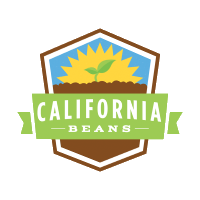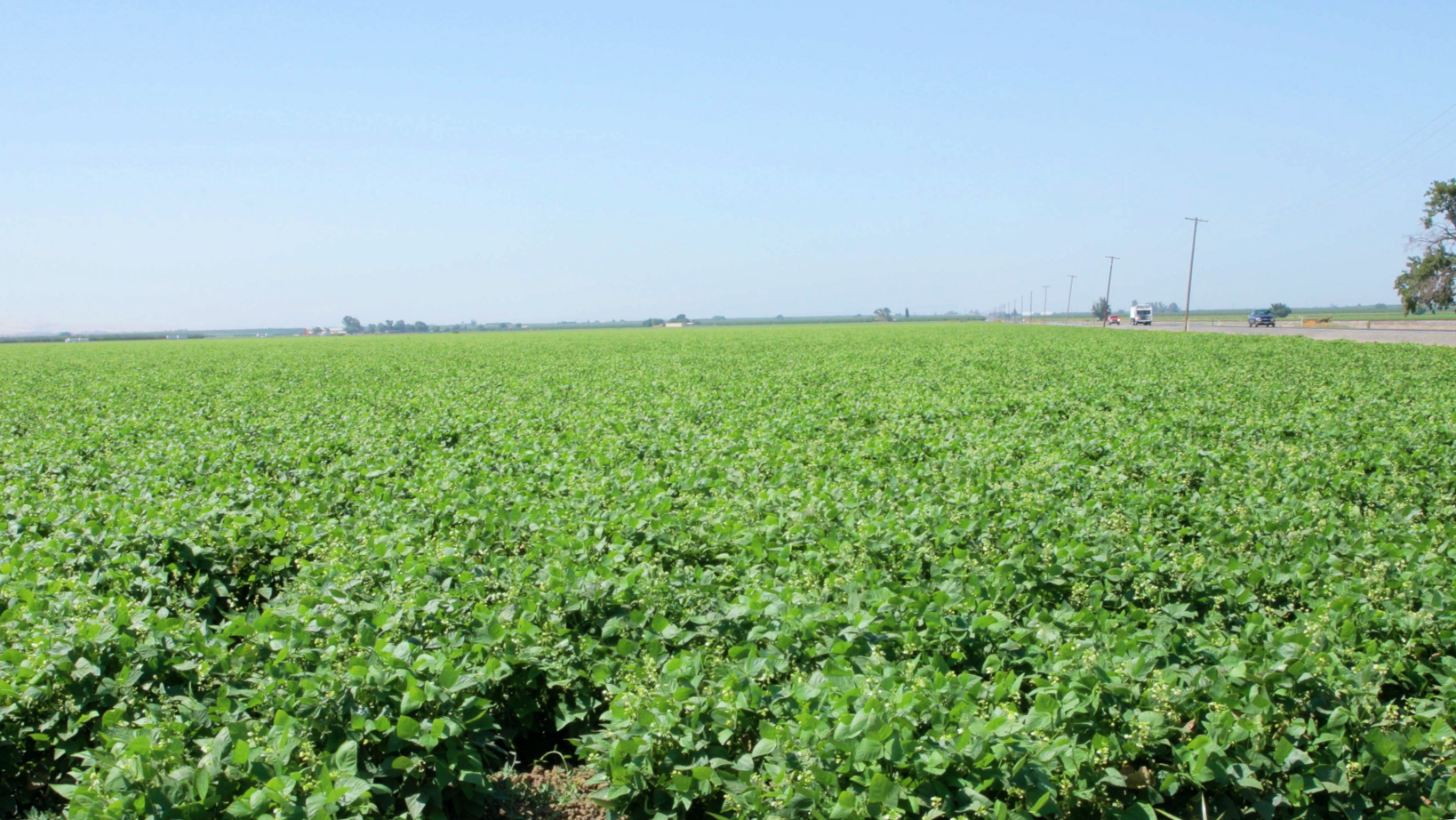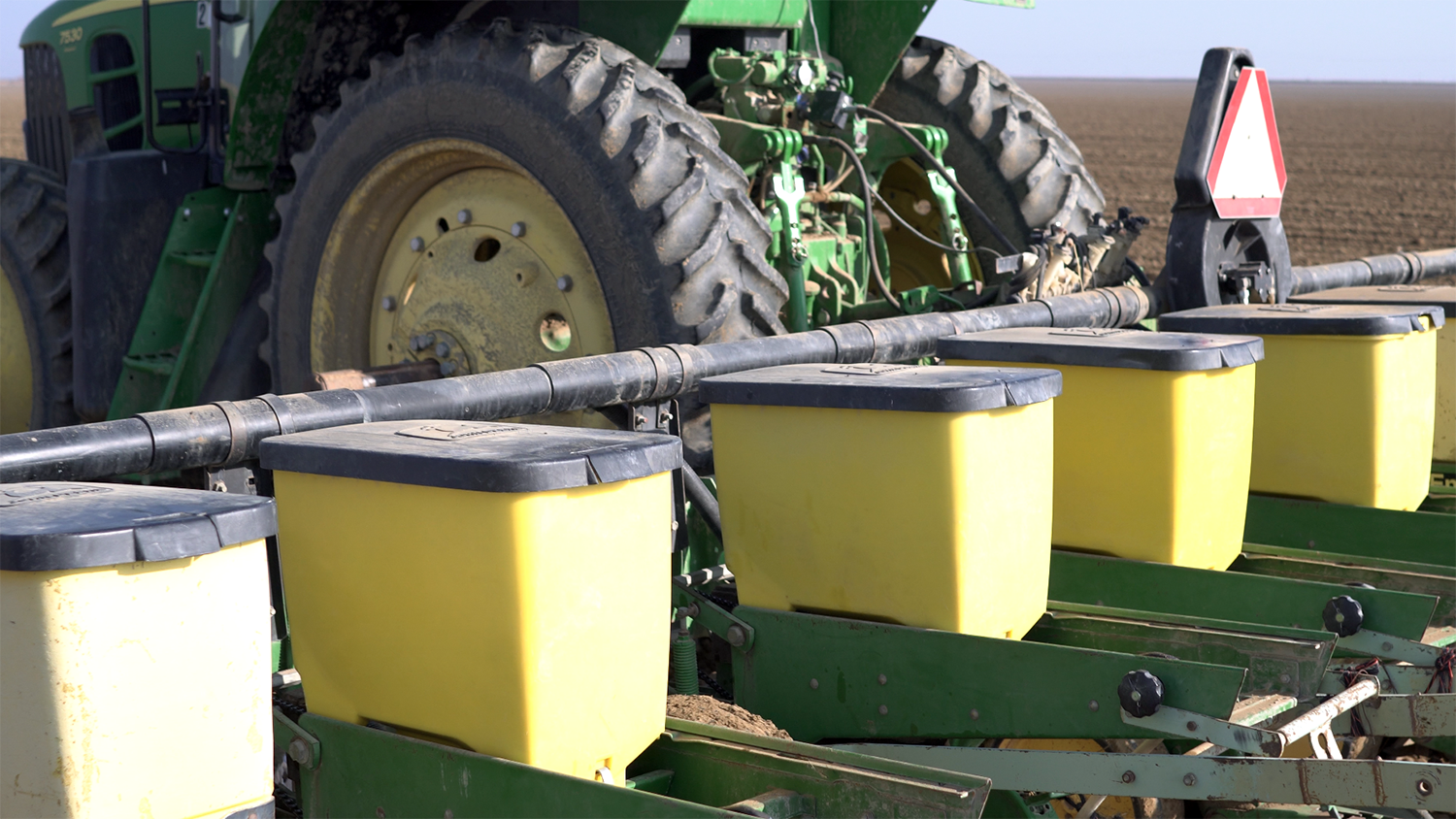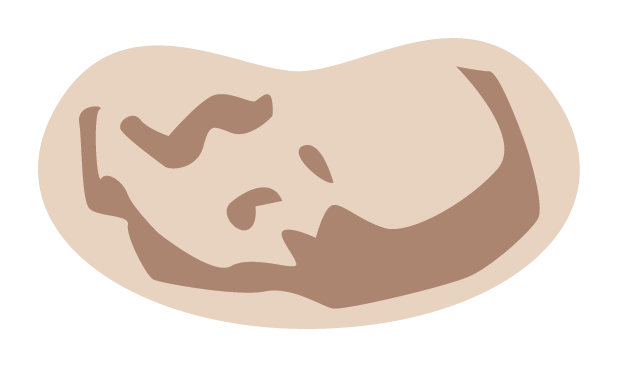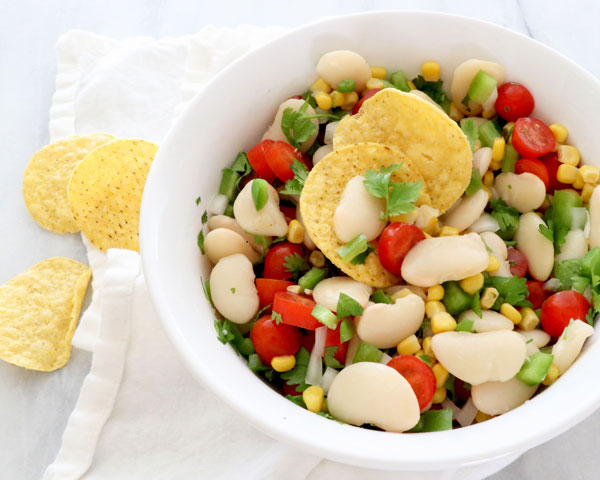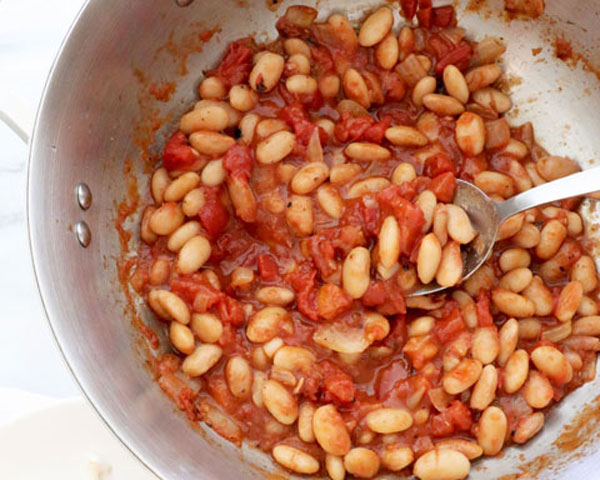How Are Beans Grown?
Beans are a traditional row crop and are typically grown in rows of 30 to 40. The field is prepped and seeded with specialized bean planters.
They typically grow from four to six months, depending on the climate and the variety of bean. Beans are a nitrogen-fixing plant. This means they naturally create nitrogen as a fertilizer for themselves and the soil around them. Nitrogen is one of the 16 essential nutrients for plant health. Because they’re nitrogen fixing, beans are a great plant for farmers to include in crop rotation to create healthy soil and reduce fertilizer applications.
When the bean seeds mature, the bean plants are cut and windowed during pre-harvesting, which is before they pick up, aka harvest the beans to be processed and packaged. Windrowed means they are cut and put into rows so the beans can dry naturally in the sun. After they have had a chance to dry (normally two weeks from cutting), a harvester is used to thresh the beans. Threshing is the term used for separating bean seeds from pods and plants. After threshing, the beans are transported by truck to the bean warehouse.

